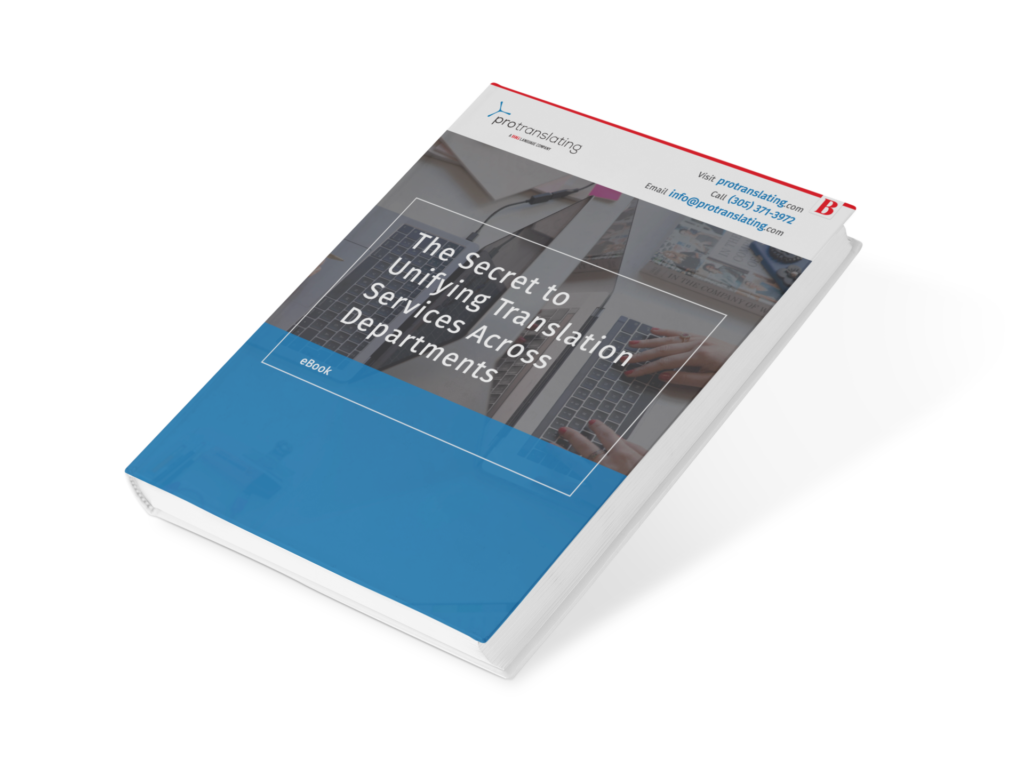
Wondering if translating speech to instant text—like subtitles and text for future events—is a service your company might need in the near future? Here’s a scenario to consider:
Let’s say you’re running an industry-focused conference with panels and keynote speakers representing some of the world’s leading companies. To maximize exposure and deliver value to a large global audience, your organization has decided to stream video of select panels and keynote speeches online, as well as make video content available for television broadcasts.
For political reasons, the speakers at your conference have decided to deliver their keynotes and other prepared statements in their national language, rather than the primary language of the event’s location. In order to make these presentations accessible to a mass audience, your organization needs to translate live speech for viewing audiences around the world.
As demand for live-streaming has expanded broadcast options for global events, organizations face a greater need for speech translation services. But the task of translating live speech is much different than translations of written text, and a much different approach is required to deliver the quality results these organizations and speakers need.
Here are some do’s and don’ts to keep in mind if you’re considering instant translation for your next conference, webinar, or event.
Do: Work With a Live Translation Specialist
Before you rush out and hire a translator to handle your speech-to-text project, make sure you understand what kind of specialist you’re hiring. There’s a big difference between translators and interpreters, and if you’re looking to translate speech for a live event, you want to make sure you’re working with the latter.
While interpreters and translators are both skilled linguistic experts, translators typically work with written content, and don’t typically work under pressure (except in the case of a tight deadline). By contrast, interpreters primarily work with oral speech, and often have extensive experience translating in real-time—which is essential for live projects requiring translating speech to instant text. Typically, interpreters are asked to handle a number of different tasks at once, including the following:
- Instantly understand what the speaker is saying
- Relay the speaker’s key points to the interpreting desk
- Ensure the desk is able to quickly transcribe the speech into subtitles
- Keep up with the pace of speech so they can fully interpret the entire presentation
Given the importance of the aforementioned, you likely should be working with an interpreter to meet your instant speech-to-text needs.
Don’t: Expect Word-for-Word Translation Accuracy
Interpreters have to keep up with the pace of speech set by the speaker, so it’s impossible to expect a perfectly accurate translation into another language. Instead, interpreters strive to convey the speaker’s intent and overall message. In turn, they deliver a close enough interpretation such that an audience in a foreign language will understand the key points and takeaways just as well as someone listening in the source language.
Do: Understand Your Interpretation Options
Translating speech to text is just one type of live translation service interpreters can offer. They can also be called on to support dubbing or lip syncing, for example. Even when translating speech to text, interpreters can offer either simultaneous interpretation as the event goes along, or consecutive interpreting to facilitate discussions with language barriers—such as when political leaders are having an onstage conversation.
In this case, interpreters could be working directly onstage to facilitate a discussion as their interpreting desks are translating speech into text from an interpreting booth or studio.
Don’t: Underestimate the Value of Translation Technology
Translating speech to instant text relies on a range of modern technology that improves quality and consistency of service. From the interpreting booth set up at live events to the structured technology workflows designed to ensure quality assurance throughout the translation process, it pays to work with an interpreter that uses technology to support and enhance their services.
No matter when or where you need interpreting and speech to text translation, Protranslating offers a global network of interpreters with experience across more than 200 language pairs. Contact us today to find out how our modern, tech-driven approach can help your organization deliver live and cloud-based events that cross the language barrier.







